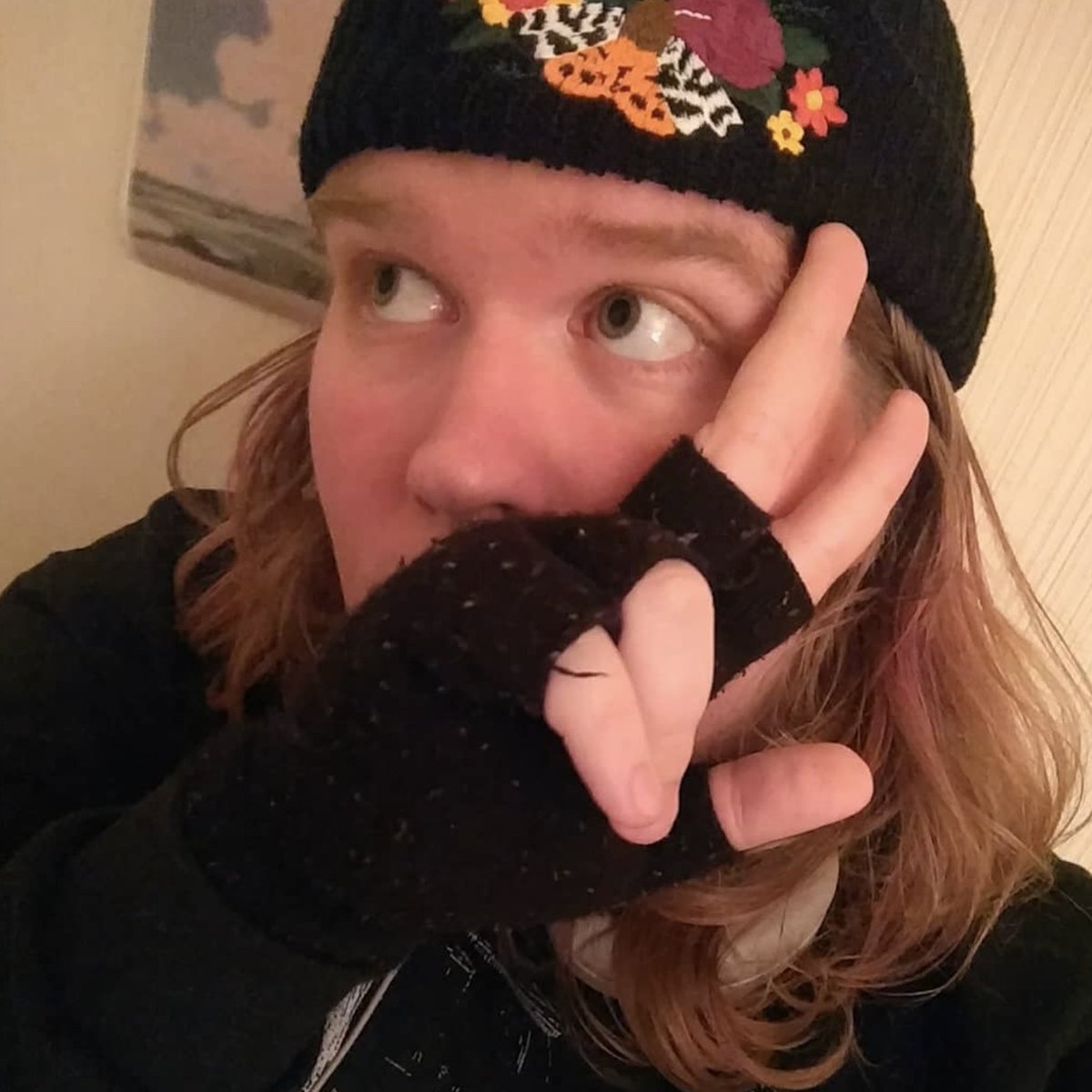
there's been a lot of conversation around "Théâtre D’opéra Spatial", the AI-generated image that won a prize in Colorado recently, but what i'm interested in doing is looking at this piece and saying "if this is art, what is it doing"
so lets try! (cw racism in art)
so lets try! (cw racism in art)

the painting depicts a figure in white robes staring at an orb in front of her. the orb, buffeted by the architecture of the room, contains a city within it. a figure in red robes stands off to her side. around her are more figures, shrouded in darkness and digital noise 







the immediate comparison i'm drawn to is the sublime, specifically the composition of The Wanderer Above A Sea Of Fog — this is useful since AI cannot articulate human emotions, and it thematically supports the sense of awe throughout the piece
but where is her awe directed?

but where is her awe directed?


the title of the piece (needlessly and pretentiously French for "Space Opera Theater") gives us a clue, as does the aesthetic of the piece, the faded markets and the vaguely-geometric swirling tiles overhead. which is to say, it's drawing on the french orientalist tradition 







the piece utilizes details and color in a similar way to the 19th century orientalist style as described by Edward Said, that is to say, the imaginary of intricate geometrical detail and color which is designed to invoke foreignness
it uses detail to dazzle us without meaning
it uses detail to dazzle us without meaning
in the orientalist style, they would frequently mix and combine many different styles of levant and egyptian architecture and culture without regards for what it meant or where it came from, just like how AI art will recombine meaning without its context 

this piece is about a figure attending a theater where a "foreign" & exoticized world is displayed in miniature for her sublime awe, to turn meaning into shapes and dreams for her to gasp at without ever comprehending, because it's an opera of spatiality
in short, this AI art piece is disquieting not merely because of its AI-ness, but rather because the art itself is built on an orientalist symbolic language (which is arguably a flaw of a database built on 19th-century paintings)
i realized this in a conversation with a friend and thought it was potentially very illuminating so i thought i would share this analysis! please know this isnt formal and is rather off the cuff, so view it like the sketch of an argument rather than the claim itself
postscript: i think "awe" and "dread" are common AI art emotions to depict because we have a large cultural repository for showing those sensations without facial expressions or detailed emotion, in part bc british people are really uptight — AI art struggles with "grief"
post-postscript: i am extremely cautious to moralize about a medium, and im not interested in sitting here and saying "AI art is bad." i am much more interested in saying, "if this is art, what do we see? what happens when we look at it as art?"
PPPS: if you think the opera is the figures in front instead of the city-orb, thats okay! i dont think that contradicts the formal part of my analysis, and i go into more detail on that here. it was arguably a mistake to use conceptual qualities like that
https://twitter.com/jdragsky/status/1566577309276147713?s=20&t=wCSQDJUi0zKNbfn9kbiw4g
an easy pitfall when analyzing abstract art is to be like "and that's a person, and that's a place" even tho abstract art can still possess those qualities, and i think AI art blurs that even further because its intentionally suggestive of bodies & locations
lots of people assuming my opinions in the replies
• • •
Missing some Tweet in this thread? You can try to
force a refresh








